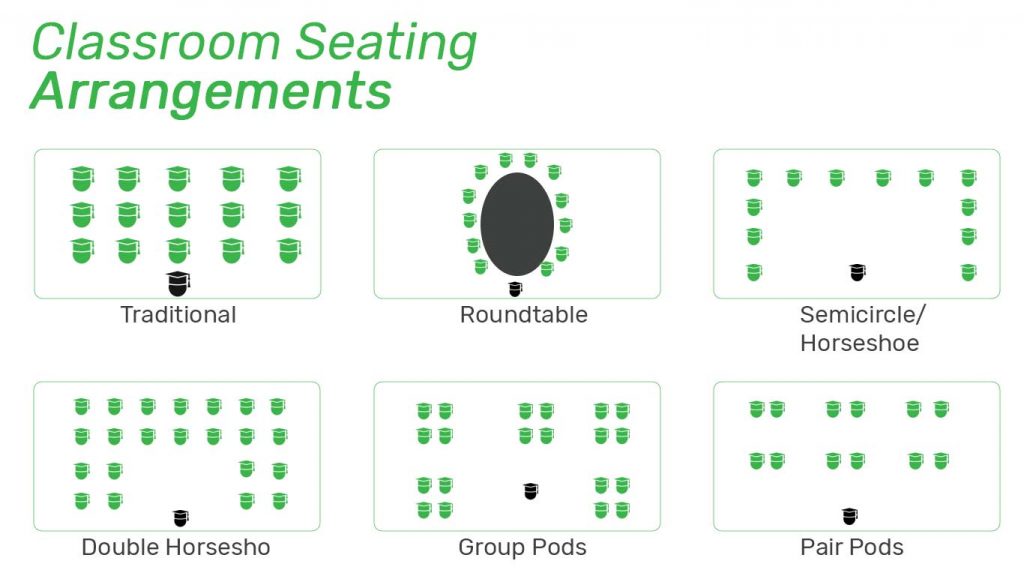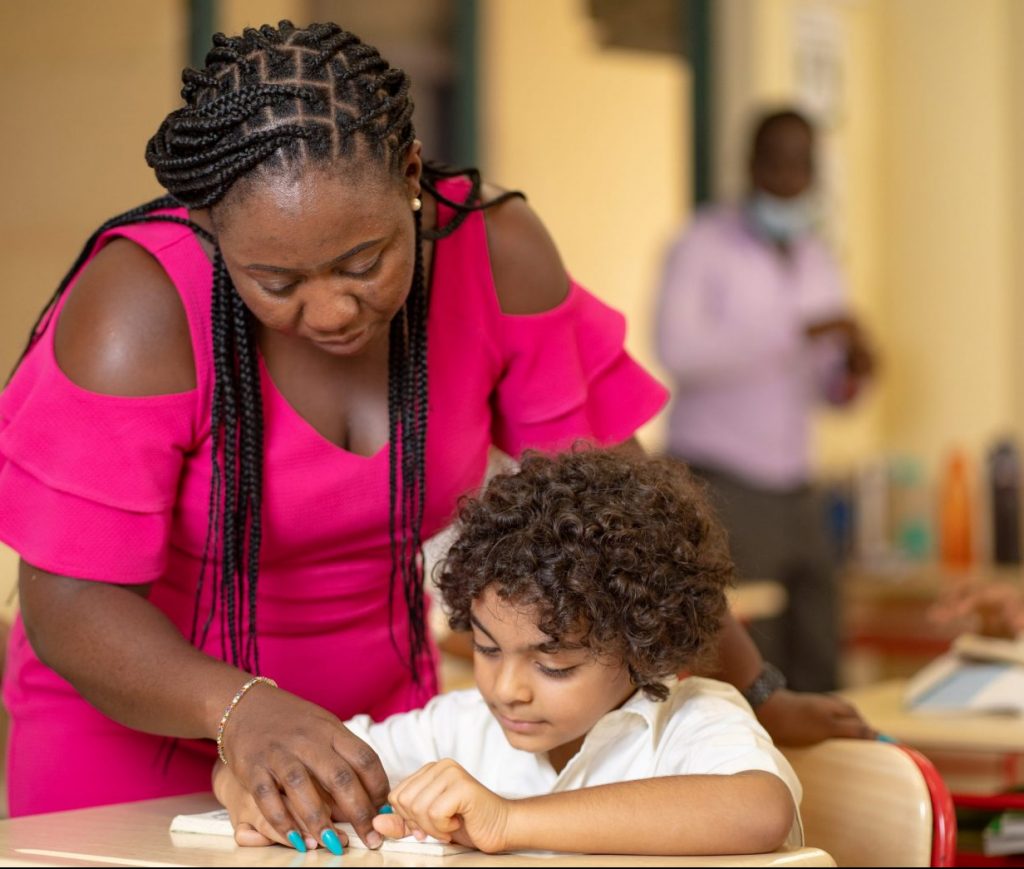Positive Classroom Community: 5 Ways to Build One as an Educator
A positive classroom community is one where students feel comfortable expressing their feelings. In such a community, Students openly communicate their feelings, especially if they are overwhelmed or stressed.
One of the characteristics of a positive classroom community is friendliness. This community, when built well, also looks out for the opportunity of every learner.
As a teacher, you must facilitate the creation of a positive community because;
- It makes Learners feel happy and comfortable in the classroom
- A positive classroom community supports emotional and behavioural attitudes and
- The overall academic activities of students improve.
The ways you connect with your learners relate directly to your quality in the classroom as an Educator. In this article, you will learn five ways to build a positive classroom community as an Educator.
Positive Classroom Community: Start Every Day with a Conversation
Interactive communication between you and your students is one of the ways a teacher can create a positive classroom community. Every day gives you, the Teacher, an opportunity to talk to your students. Conversations are the framework of a thriving community and the Teacher is the best member to initiate it.
Conversations should not only be limited to Teachers and Students but, conversations should be encouraged among students.
Allow students to talk about other subject matters. In building a positive community, conversations should not only be limited to academics alone.
Interactive communication between you and your students is one of the ways a teacher can create a positive classroom community. Every day gives you, the Teacher, an opportunity to talk to your students. Conversations are the framework of a thriving community and the Teacher is the best member to initiate it.
Conversations should not only be limited to Teachers and Students but, conversations should be encouraged among students.
Allow students to talk about other subject matters. In building a positive community, conversations should not only be limited to academics alone.
Looking Behind the Grade
One of the most difficult facts to accept as a Teacher is to look past the grades your students are scoring in the classroom. Letting go of the “F”s in your exams can be excruciating. But to build the community that will work best for everyone, you have to look behind their grades.
Looking past their grade will allow you to know their attitudes and behaviours, that is, how they conduct themselves, especially towards others.
Once you start to look past their grades, you’ll notice that they have capabilities that will help you build a positive classroom community.
Encourage Students to Participate in all School’s Activities
Student participation should not be limited only to the classroom. When we think of a school, most people think it’s all about academics. Academics do play a role in the school. But developing a meaningful community relies heavily on the activities students are allowed to participate in.
Encourage students to take part in all school activities. These activities should not be limited only to classroom activities but should include extracurricular activities .
Team-bonding activities such as playing football or basketball, swimming, and racing, all play a role in the building of a classroom community and they should be encouraged.
Seating Strategically
Students get seats at the beginning of every academic year. In some cases, students get seats at the beginning of a new term.
There are six main types of seating arrangements in schools, and these are:
- Traditional
- Roundtable
- Horseshoe or semicircle
- Double Horseshoe
- Group Pods and
- Pair pods.

On its importance, assigning seats to students helps establish routines for distributing and collecting materials in an orderly manner. Again, It helps provide structure and predictability for all students, which can help reduce the stress level of your students.
Students’ ability should not only be the deciding factor when assigning seats. Students’ behaviour should also be taken into account when teachers are giving seats to students.
Allow your students to choose who they want to work with sometimes and sit anywhere. For a positive classroom community to take effect, arrange students in groups, make rules/guidelines and choose leaders amongst themselves.
Positive Classroom Community: Provide Support
Be intentional about providing support for your students. Supporting them in their activities makes them feel good about themselves.
Students must feel supported by all those (teachers, classmates and other staff) connected to their learning experience. School community members should understand what a positive community looks like so that they all can work together towards this common goal.
Conclusion
Students will feel comfortable in your classroom if there’s positivity. In such a community, students openly communicate their feelings. Building a positive classroom community relies heavenly on the Teacher.
Reviewed by Ruth Kwarteng










